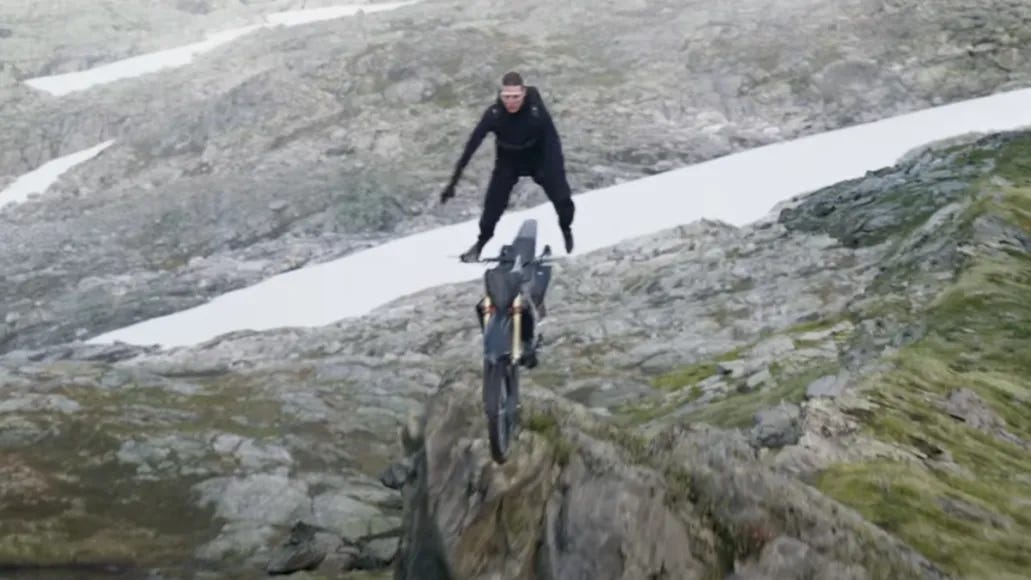One of my favorite films is Louis Feuillade’s 1913 serial Fantomas. Finally, I found a film that reminds me of that type of filmmaking and composition: Mission Impossible Dead Reckoning: Part One. It’s in the spirit of Feuillade, with a giant percentage of Buster Keaton’s great The General thrown into the mix. I’m sure that the filmmaker Christopher McQuarrie, with the assistance of his star, and producer, Tom Cruise, raided cinema history to make the Mission Impossible series into a cinematic museum with great possibilities. And without a doubt, it’s a formula, and it is structured in the same manner as some of the later Wes Anderson films, which is a work that skilled workers made, and it was one of the most enjoyable moments I have spent in a movie theater.
The scene where Ethan Hunt (Tom Cruise) lands on the train through its window is exceptional, and that is probably the most extreme nod to Buster Keaton, specifically his film The General. The entire train scene ry analog clockwork-planned mayhem, with the concept that this train is run by coal and 19th-century technology. This brings up the theme of this film as a war between Analog vs. Digital. The main villain is not even human, but AI, and this is a film made by workers who loathe even the idea of AI.
The title sequence for the film included images/scenes that will later play out in the movie, which made me realize that this is a very set-up view of how this film will unfold in front of an audience. This, of course, is not new; artists like Jackie Chan have done this for decades. At the showing I went to, there is a brief ‘welcome to the movie theater’ by Cruise and McQuarrie, which reminds us that we are seeing a work that will be performed in front of us. Dead Reckoning Part One is not a surprise, but how well something is built, and the execution of that excellent work is displayed in front of us as the audience. The composition of all the scenes (especially the train sequence) has layers and parts where many issues are brought up visually and conceptionally. There is also a battle between emotion and thinking clearly about how one solves a problem. The conflict between these sides is a consistent struggle and how one is placed in a landscape always controlled by specific rules. The existential issue, but perhaps even Scientology deals with this manner. How does one live with conflict or grow to accept that this will always be around us if we live in society?
To be part of the Mission Impossible team is to live as a shadow, where one chooses to do so. Not that different than being part of Louis Feuillade’s gang that follows Fantomas or his equally great Les Vampires. But as we expand that thought, we can also see the Government in this position and all the key players in the Mission Impossible landscape. In a sense, it is also the dream world vs. the waking world, as the battle goes on between Analog and Digital.



